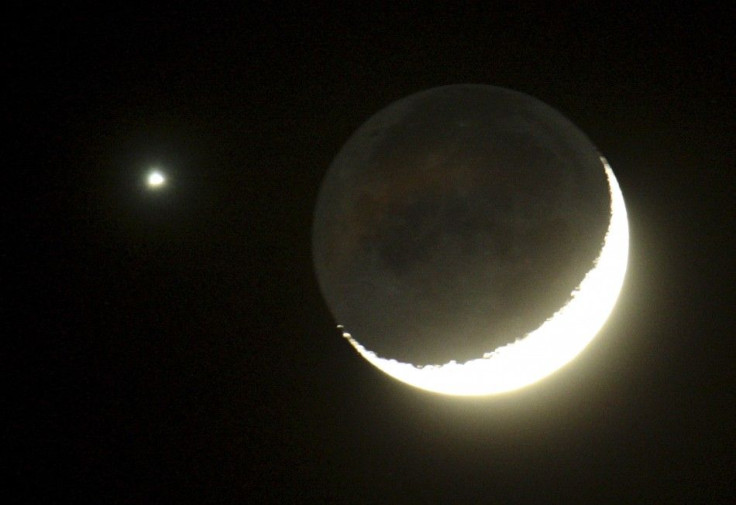Don't Miss Venus and Mercury Tonight (Sunset, Nov. 10)

Tonight, Venus, Mercury and the red supergiant star Antares will form an almost perfect vertical line on the southwestern horizon. The trio of the two innermost planets in our solar system and orange-hued Antares, the brightest star in the Scorpio constellation, will angle 'up' and slightly to the right approximately 30 minutes after local sunset.
Though the planets' orbits bring them closer to and take them further from one another depending on their relative positions, the average distance between Mercury and Earth is about 299 million kilometers (93 million miles), while the average distance between Venus and Earth is 149.5 million kilometers (about 92.8 million miles). The two planets themselves are separated by nearly 68 million kilometers (42 million miles), despite their cozy rendezvous low on the southwestern horizon this month.
For those who can't make it out at sunset, never fear: the sky holds a planetary Easter egg for the weary stargazer stuck at work. Throughout this month, Jupiter makes a celestial cameo, appearing as a bright point just to the right of the moon.
© Copyright IBTimes 2024. All rights reserved.











